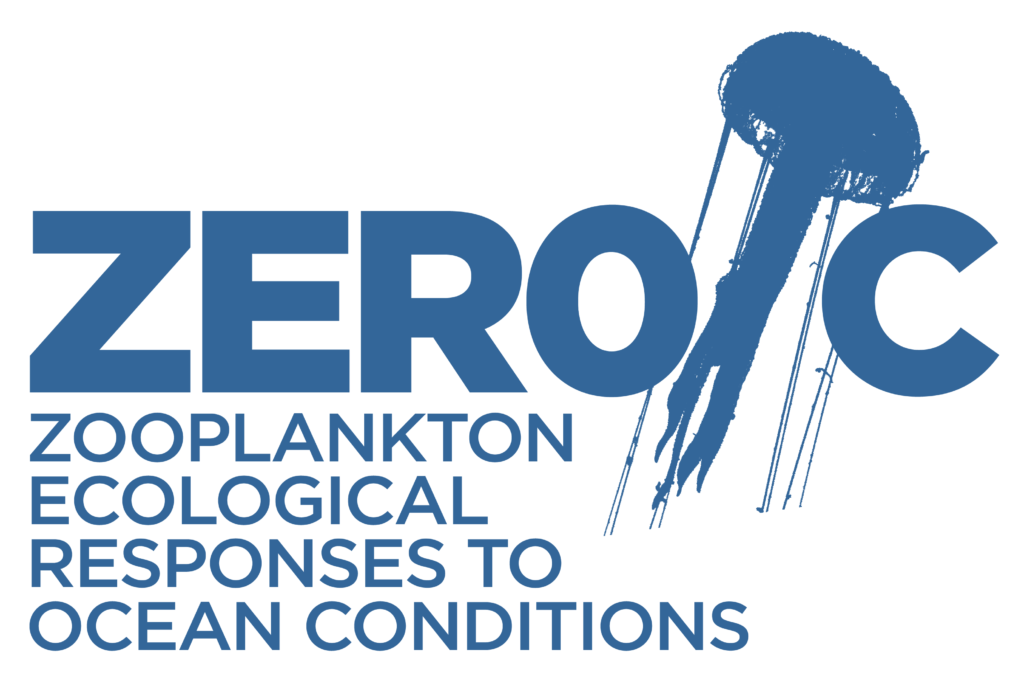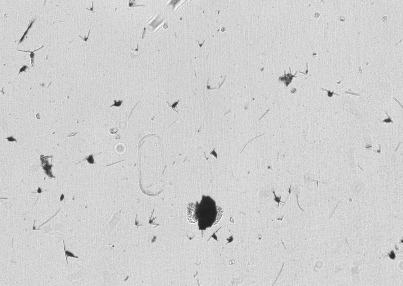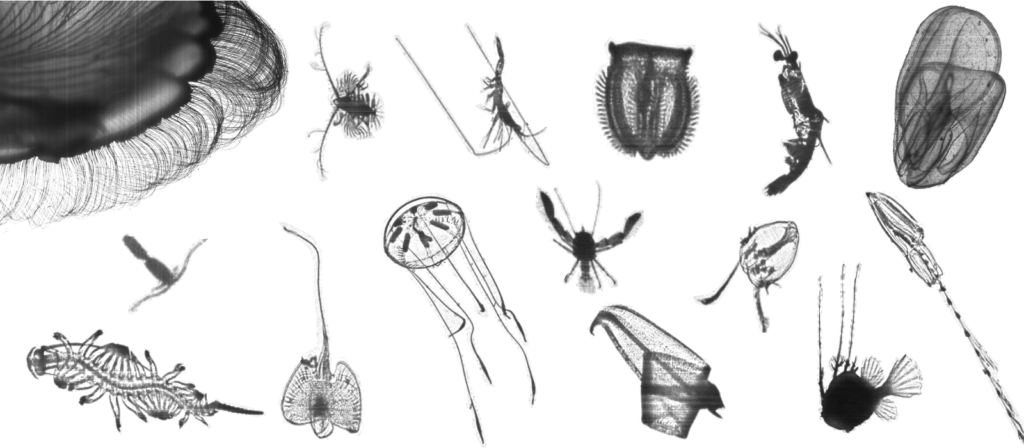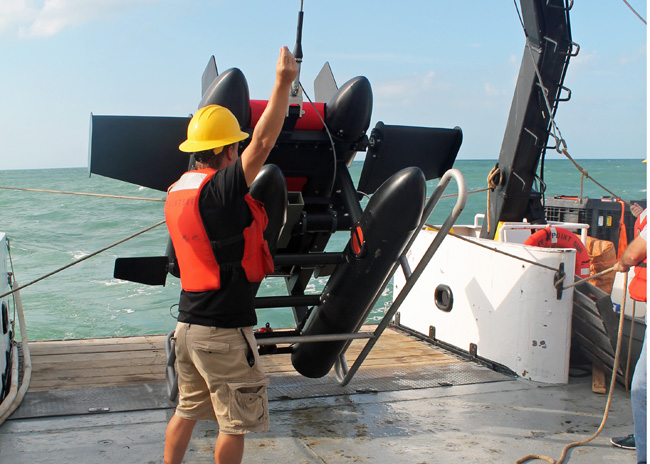
We are a group of biological oceanographers interested in how the physical structure in the ocean environment influences the ecology of marine organisms and their interactions, with particular emphasis on zooplankton (animals in the water column between ~50 microns and 10 cm in size) and the early life stages of fishes. To understand the coupling of physical changes in the ocean to biological responses within plankton communities, we work with various sampling technologies, primarily in situ imaging systems, which resolve detailed spatial relationships among zooplankton taxa, as well as provide novel insights into zooplankton interactions and larval fish behavior. Dr. Adam Greer has worked in various continental shelf seas such as Monterey Bay, the western Atlantic, the Straits of Florida, the Mid-Atlantic Bight, and the northern Gulf of Mexico. Current research focuses on biological oceanographic processes in the South Atlantic Bight and northern Gulf of Mexico (see Dol-LAYER and Dol-MICROBE project pages).
Lab philosophy and message for students
Links to Code, Data, and Collaborators
Images from research and field work

In situ imagery can be used to assess interactions within the plankton. Here is a larval bluefish and a siphonophore captured near the shelf edge of Georgia. In the background, you can see many copepods, diatoms, and a few urchin larvae.
Almost all marine animals spend at least a portion of their lives within the zooplankton community, so processes during these stages are critical to population regulation and sustainability. The overarching research question for our lab group is: what are the physical and biological drivers of organism distributions in the ocean and the resulting consequences for population dynamics? This question is probably as old as the field of biological oceanography itself; however, new sampling technologies (such as in situ imaging and acoustics) are providing an unprecedented, high-resolution capability to quantify zooplankton distributions, behaviors, and ecological interactions across a range of spatial and temporal scales. These data can provide a detailed understanding of individual-level ecological processes and potentially lead to new avenues of inquiry for experiments, modeling, and analysis of historical time series.

Mesozooplankton captured with the In Situ Ichthyoplankton Imaging System. All of these organisms were found in the northern Gulf of Mexico.
To unlock the full potential of these new sampling technologies to provide insight into plankton ecology and marine ecosystem functioning, we often apply concepts from multiple disciplines, including oceanography, ecology/evolution, and computer science.
Our research falls under 3 main themes, posed here as questions:
1) How prevalent are fine-scale (1-10 m) features in the ocean (e.g., fronts, thin layers, internal waves), and what is their impact on ecological processes and higher trophic level productivity? We have described features such as thin layers, which are dense aggregations of plankton 1-5 m thick and at least 2 times the background concentration, in coastal oceans throughout the United States. These thin layers can occur in shelf waters that experience differing hydrographic regimes, suggesting that fine-scale features have ecological importance. A literature review of fine-scale predator-prey distributions demonstrated that the spatial overlap within thin layers and other features could be an important factor influencing higher trophic level productivity.
2) Given this background of ubiquitous patchiness within planktonic communities, what kinds of interactions are there among zooplankton, including predator-prey, but also competition, commensalism, or mutualism? In situ imaging has revealed the potential for complex morphological and behavioral adaptations of planktonic organisms, including Batesian mimicry by larval fishes resembling noxious or less palatable gelatinous animals. There are also many consistent associations among organisms that likely have some ecological or evolutionary basis (e.g., larval lobsters attach to gelatinous zooplankton and larval and juvenile fishes sometimes use scyphomedusae for protection). These interactions within the plankton must be described if we are resolve marine food webs and understand why certain groups tend to form zooplankton assemblages.
3) How do new sampling technologies compare with one another and with more conventional sampling techniques? This is a more technical aspect of our research that involves comparing gear types to elucidate their strengths and weaknesses. Each technique has certain size classes, based on either mesh size, pixel size, or acoustic impedance, that the system samples best. Understanding the shortcomings and strengths of each system can maximize its scientific utility. We are also interested in image processing and analysis developments, particularly ones that are user-friendly and capable of incorporating expert judgement.

A specialized imaging system for measuring zooplankton abundance is launched from a research vessel.
We are always looking for collaborations and insight from others, so please do not hesitate to contact the ZERO-C lab team.


